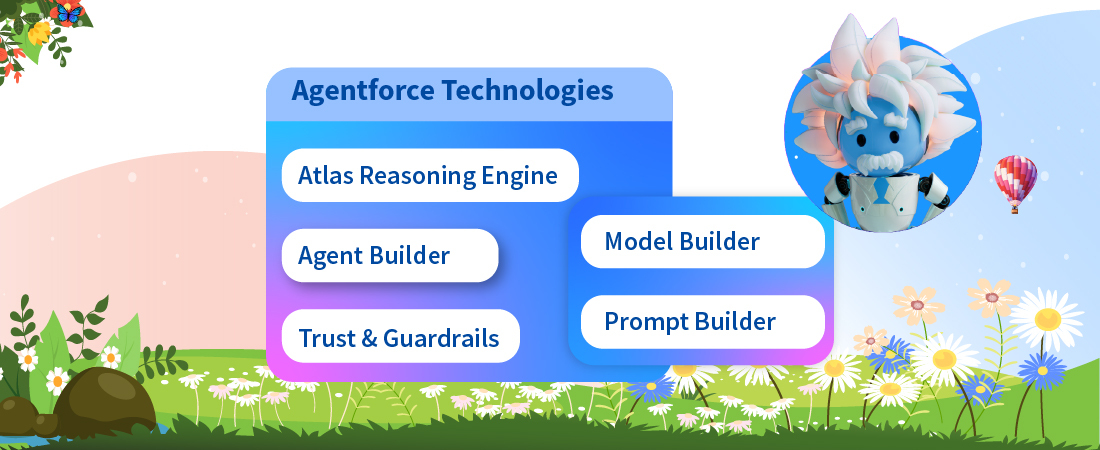When a business decides to move to a new platform, one of the most important steps is to migrate all the functional data from the legacy systems to the new platform as smoothly as possible. As migration is a one-time activity, it is important to avoid mistakes that could cascade into repeating the whole process or even risk jeopardizing customers’ sensitive data.
Salesforce data migration has its own unique process, with its own set of complexities but whatever the specific nature of any data migration, the ultimate aim is to improve corporate performance and deliver a competitive advantage by switching to a more suitable platform.
Therefore, if you want the transition to go as smoothly as possible in order to avoid any issues. Here are some best practices for preparing for efficient data migration:
Treat Migration as an Independent Project
- Data migration is a complex activity, deserving its own plan, approach, budget, and team.
- A good way to approach the migration process is by creating an entity level scope and plan the very beginning of project’s beginning to avoid any blunders
Identify the necessary/missing information
- Old data used on the legacy system may violate some of the new rules that come with the new platform. For instance, contact email can be mandatory in the new system, but a 20-year-old legacy system may have a different point of view.
- Minimising the amount of data to be migrated by only choosing to migrate the necessary data will help save on resources and make the transition even smoother
Create a Workbook
- Create and follow a data migration workbook throughout the scope of migration that will hold the data mapping for each object involved in the process.
- Personalise the workbook based on your own business requirements
Validate the data
- Clean and optimise your data before loading by standardising, cleaning, de-duping and validating source data prior to migration.
- To get a general preview of migration, make custom reports that approve record checks.
- Spot check the information.
- Survey special case reports considering what information was not migrated and if it’s worth migrating
Consider the trade-offs and prepare for them
- Performance is one of, if not the biggest trade-off when moving from an on-premise to a cloud solution such as sales force. Problems such as network latency can slow things down.
- Salesforce has many resource usage limits such as the “Bulk API limit” set to 5,000 batches in 24-hour rolling windows, with the maximum of 10,000 records in each batch which sets the theoretical maximum to 50 million records loaded in 24 hours.
- The data migration approach defines whether all the data will be loaded in one go or whether it will be loaded in small batches every week and should be decided according to your business needs. For instance, for medium-sized datasets, ranging from 100,000 to 1 million accounts, the best way to approach is with the batch approach as doing it in one go is impossible.
Moving legacy data into the new Salesforce CRM Platform can be a challenge as it requires you to journey through the history hidden in data from past years. However, once you understand what the data reveals and how to deal with it, the going gets a lot easier. That’s why being prepared before you start the data migration is essential to make a smooth transition.
Cloud solutions, such as Salesforce bring a lot of functionality to the table such as instant and global access. Once you are prepared to deal with the specific problems that come with data migration the reward will be well worth it.






